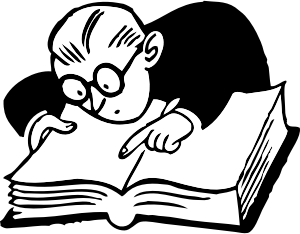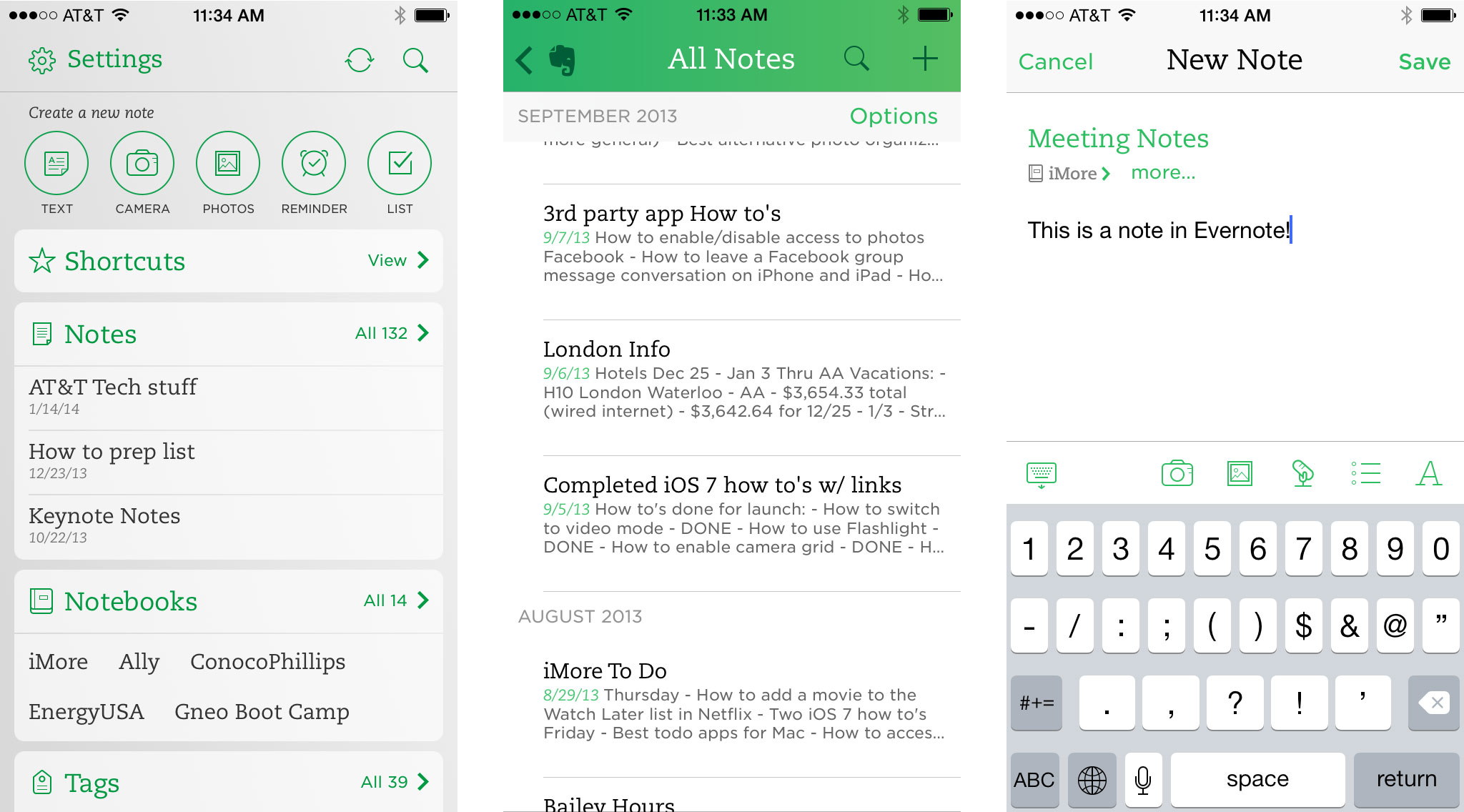The structure of the mentoring programs these teachers encountered made it hard for them to trust their mentors and easy for mentors to exert power. In many cases, mentors reported directly to the school principal, who ultimately evaluated the teacher’s performance in consideration of contract offers and recommendation for licensure.
As a result, new teachers were reluctant to confide in their mentors, implement research-based practices that went against the status quo, or ask for help for fear it would hurt their careers. Ihrig, Clough and Olson presented these findings at the Association for Science Teacher Education conference in January, and the National Association for Research in Science Teaching conference in April.
Teachers in the study attempted to implement research-based teaching methods that promote science education goals. However, few received support, and several were reprimanded because their teaching appeared different. Many were told by administrators to adopt practices aligned with other teachers at the school, Ihrig said. This occurred even when those practices fell short of what is known about effective science teaching.
“Some teachers in the study implemented effective teaching without receiving assistance from their mentors regarding research-based practices. Others ran into so many constraints that by the end of their second year, their use of effective practices had decreased, and in some cases, disappeared,” Ihrig said. “Teachers who are capable of highly effective teaching practices are often being pressured to adopt the status quo. That needs to be talked about and addressed.”
Olson and Clough were disappointed, but not surprised by this study’s findings. “I stay in contact with most of our graduates and have a folder full of messages from former students, who describe how they are pressured to adopt archaic teaching practices,” Clough said. “Decades of research have made clear that those teaching practices do not promote deep understanding of science content, how science works and other important science education goals.”
Olson suspects the hostile teaching culture existing in some schools may contribute to the high attrition rate of new teachers. “The public usually assumes teachers leave because of the low pay, but when you ask teachers why they leave, the No. 1 reason they cite is working conditions,” Olson said. “We have individuals who left their school after the first year because it was a toxic environment.”
A hostile work environment can have a haunting effect for first-year teachers. The study found that even if teachers move to a more supportive district, they have a hard time trusting or building positive relationships with other teachers and administrators.
Teachers going stealth
Researchers spent time in the classroom observing teachers to evaluate their effectiveness. They found teachers who shared with their colleagues their research-based science teaching practices faced more negative pressure than those who did so quietly and did not call attention to their practices – what Clough, Olson and Ihrig call “going stealth.”
They explained that first-year teachers who “go stealth” find ways to navigate the constraints at their school by pretending to comply with the status quo. Many built a network of support with educators outside their school who were also implementing research-based science teaching practices. Ihrig says even though these teachers were more effective in the classroom, the situation was far from ideal.
“The problem is that we know new teachers are still learning how to teach. If they keep quiet, there’s no one around helping them implement those practices, and they don’t have people with whom they can collaborate within their school,” Ihrig said.
The need for support
The researchers do not want the study to be viewed as an attack on teachers, or as a sign of failing schools. They see it as a reflection of limited opportunities for administrators to learn about and support effective science teaching; a lack of infrastructure for safer mentoring programs; and pressures to meet external policies.
“Beginning teachers do need support and mentoring,” Clough said. “But their teaching practice is not benefiting from the kind of support often provided in school-based mentoring programs.”
It is clear that beginning teachers are capable of using research-based teaching methods and effective teaching, but they need support to further develop these practices, Ihrig said. She hopes policymakers will take note and support changes to benefit teachers and ultimately students.
“Putting new teachers in the position of transforming school culture is unfair,” Ihrig said. “We can help teachers become highly effective, if we create the right types of support. But currently we’re ushering new teachers into schools and socialization pressures are working against them implementing teaching practices that promote the science education goals we all ardently want for children.”
Reference











